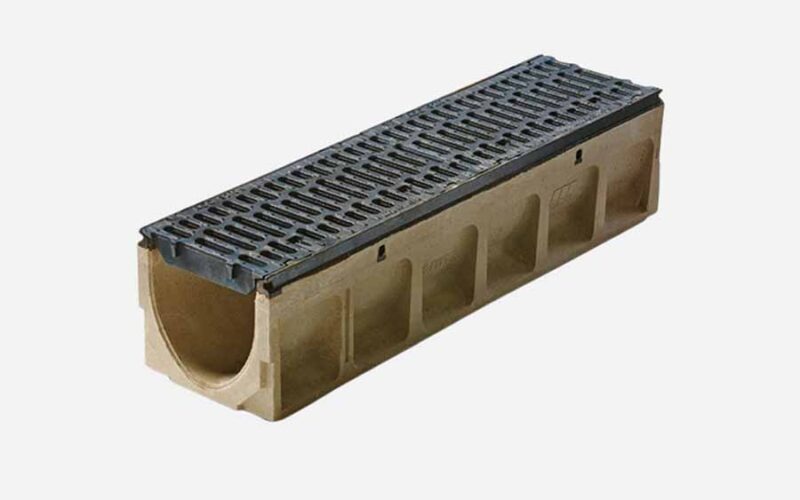Have you ever experienced flooding in your yard or near your property’s entrance? Which surface water runoff has been an issue on your property? One way to alleviate these problems is by installing a trench drain system. Trench drains, also known as channel drains or linear drains, help to redirect water away from high-traffic areas and into a designated piping system. By installing a trench drain, you can prevent damage to your property’s foundation, eliminate standing water, and improve overall safety for pedestrians and vehicles. Here, we will discuss essential factors to consider when choosing a trench drain system for your property.
Materials
One of the most crucial considerations when selecting trench drain systems is the material used to construct the drain. They can be made from various materials, such as polymer concrete, stainless steel, fiberglass, and plastic. Each material has its advantages and trade-offs. For example, polymer concrete is durable, corrosion-resistant, and can handle heavy loads, while plastic trench drains are lightweight, easy to install, and more affordable. Consider your specific application, budget, and local climate when selecting the best material for your trench drain system.
Load Capacity
Another important factor is the load capacity of the trench drain system. Commercial properties will often require a system with a higher weight capacity to handle vehicles, equipment, or heavy foot traffic. Residential installations, on the other hand, may only require a system designed for lighter loads. Be sure to select a trench drain system that can handle the loads it will be exposed to, as choosing an inadequate system could lead to premature wear and failure.
Water Flow Rate
Before installing a trench drain system, consider the water flow rate needed for proper drainage. The water flow rate is determined by the volume of surface water runoff that the drain must handle during a particular storm event. Factors such as the slope of the property, local precipitation levels, and drain placement can influence the required water flow rate. To ensure proper water management, consult a professional who can help you determine the best water flow rate for your trench drain system.
Installation and Maintenance
Another significant factor to consider is the ease of installation and maintenance of your trench drain system. Some trench drain systems are easier to install, while others may require professional installation. Consider the cost of installation and whether or not you can perform the installation yourself. You may also check out this blog post if you’re looking for information on where to install trench drain systems on your property. Additionally, your trench drain system should include easy-to-maintain components to ensure it is running efficiently and safely.
Drain Grates
Drain grates are a critical component of any trench drain system. They should be durable, slip-resistant, and properly sized for the expected water flow. Grates are available in a variety of materials, such as cast iron, stainless steel, and plastic. Depending on your specific application and aesthetic preferences, you may also choose grates with various decorative patterns to enhance your property’s appearance.
To Sum Up
Installing a trench drain system is an excellent way to protect your property from surface water runoff. When selecting a trench drain system, consider the material used for construction, load capacity, water flow rate, ease of installation and maintenance, and type of grate used. Doing so will help ensure you choose the best system for your specific application and budget. Thank you for reading!

